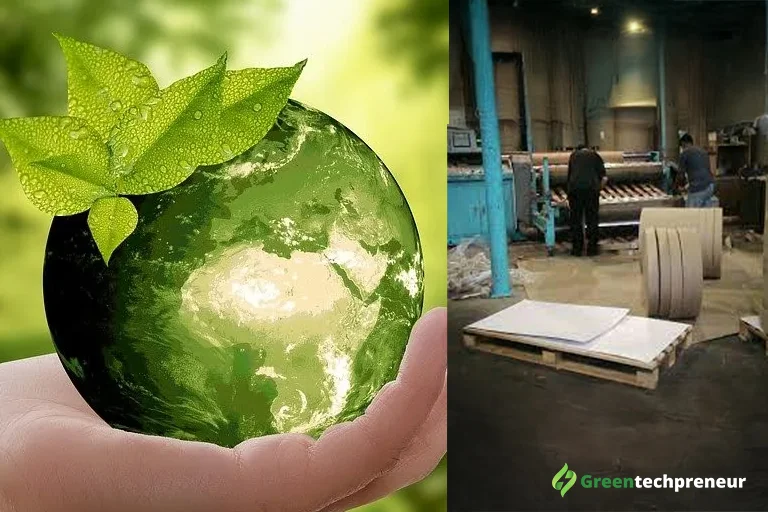The papermaking industry, once known for high resource consumption and environmental impact, is now undergoing a remarkable transformation. The shift from traditional production methods to bioenergy-driven systems is revolutionising how paper is made. This new era focuses on using waste as a renewable energy source, reducing pollution, conserving natural resources, and creating a sustainable production cycle.
A Changing Industry Landscape
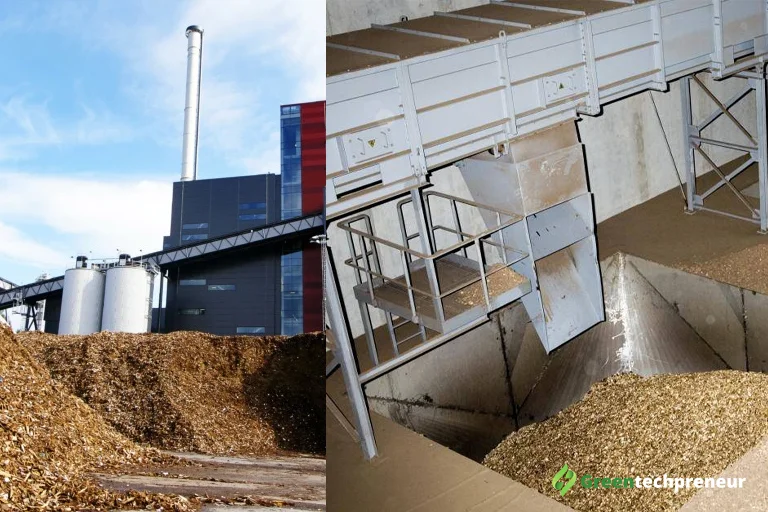
Papermaking has historically been energy-intensive, relying heavily on fossil fuels, large water supplies, and chemical processes. These methods produced significant waste – wood residues, pulp sludge, bark, sawdust, and black liquor. However, with growing concerns about climate change and environmental degradation, paper mills around the world are rethinking their operations. They are adopting cleaner technologies that transform this waste into bioenergy, closing the loop between production and energy use.
Today’s leading paper manufacturers are turning their facilities into energy-efficient ecosystems. They no longer see waste as a problem but as a valuable resource capable of powering entire mills. This approach aligns perfectly with global sustainability goals, such as reducing carbon emissions and promoting the circular economy.
How the Waste-to-Bioenergy Process Works
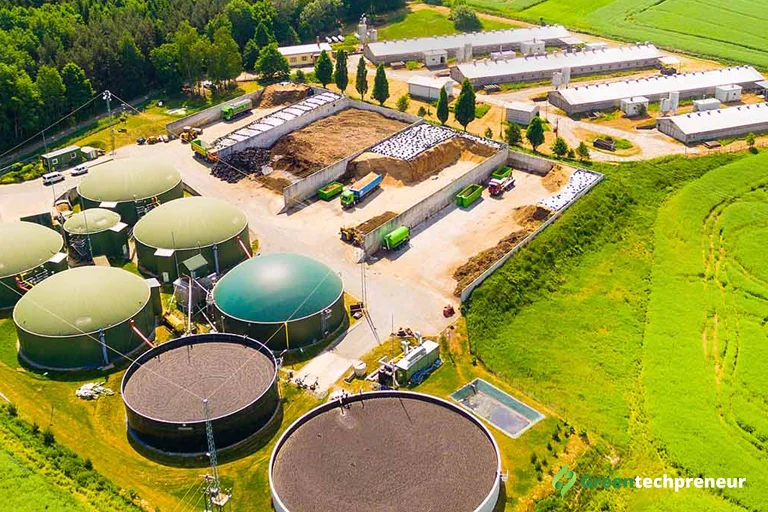
Modern papermaking facilities use advanced bioenergy systems that convert organic byproducts into usable forms of energy. These systems are designed to extract maximum value from waste materials while minimizing environmental impact. The main technologies include:
- Anaerobic Digestion: In this process, microorganisms break down organic materials like pulp sludge in oxygen-free tanks, producing biogas (mainly methane and carbon dioxide). This biogas is then purified and used to generate electricity or heat.
- Gasification: Biomass such as sawdust or bark is heated in a controlled environment with limited oxygen to create a gas mixture known as syngas. Syngas can be burned in turbines or engines to produce electricity and steam for papermaking operations.
- Direct Combustion: Solid waste materials are burned directly in biomass boilers to produce high-pressure steam, which can power turbines or be used in drying and heating stages of paper production.
- Black Liquor Recovery: A major breakthrough in the pulp and paper industry, this process recovers black liquor – a byproduct containing lignin, chemicals, and water. Using recovery boilers, the liquor is converted into energy, and the chemicals are recycled back into the pulping process.
- Pyrolysis: An emerging method where organic residues are thermally decomposed without oxygen to produce bio-oil, which can replace fossil fuels in the mill’s energy system.
Environmental and Economic Benefits
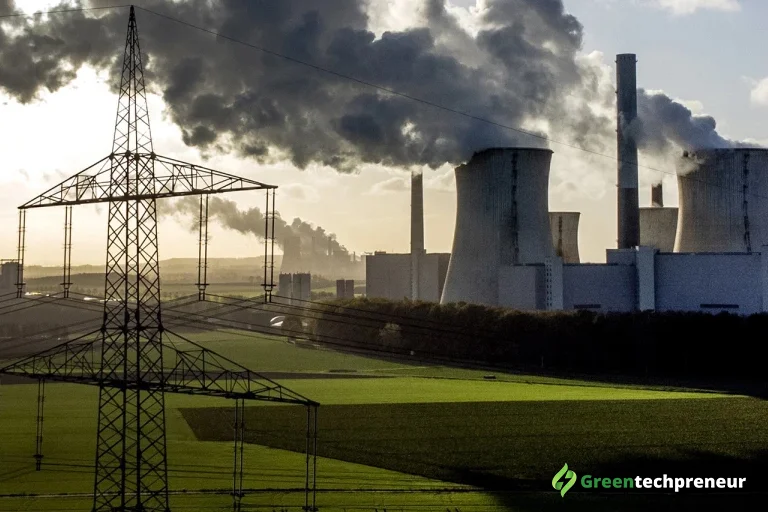
The adoption of bioenergy in papermaking provides a wide range of benefits, both for the planet and the industry itself:
- Reduced Carbon Emissions: By using biomass instead of fossil fuels, paper mills significantly lower their carbon footprint and contribute to climate change mitigation.
- Resource Efficiency: Every part of the raw material – wood, bark, or pulp – is used effectively, minimizing waste and promoting a closed-loop production cycle.
- Lower Energy Costs: Generating energy internally from waste reduces dependency on external electricity and fossil fuels, cutting long-term operational costs.
- Cleaner Waste Management: Bioenergy systems help reduce landfill use, prevent air pollution, and decrease water contamination from industrial effluents.
- Enhanced Sustainability Profile: Companies that embrace bioenergy gain a competitive edge by meeting environmental standards and appealing to eco-conscious consumers.
- Job Creation and Innovation: The adoption of renewable energy systems creates new technical roles in energy management, waste handling, and research.
Support from Policy and Industry Initiatives
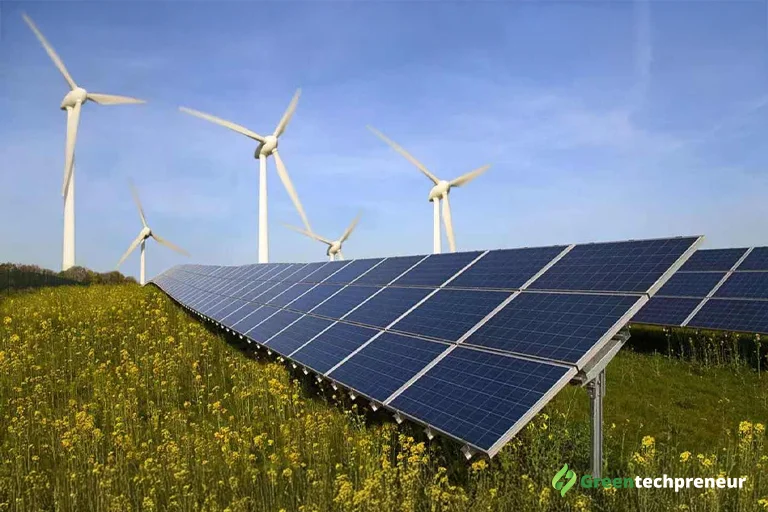
Governments and environmental agencies are actively promoting the use of renewable energy in traditional industries. Incentives, tax credits, and funding programs are encouraging paper manufacturers to invest in bioenergy technologies. Global initiatives such as the Paris Agreement and the United Nations’ Sustainable Development Goals (SDGs) also emphasize renewable energy adoption, making it a strategic priority for industries like papermaking.
Many large corporations in North America, Europe, and Asia have already committed to achieving net-zero emissions within the next few decades. For example, Scandinavian paper producers are leading the way with integrated biomass energy systems, while mills in the U.S. and Canada are increasingly converting black liquor into power.
Challenges in Implementation
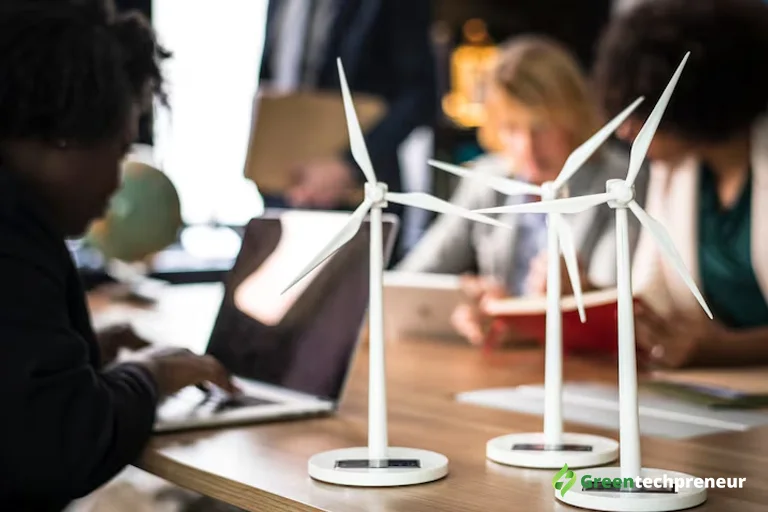
Despite its promise, the transition to bioenergy comes with challenges:
- High Initial Costs: Installing bioenergy plants and upgrading existing mills require substantial investments.
- Technological Adaptation: Converting waste into bioenergy efficiently demands specialized systems and skilled technicians.
- Supply Consistency: Ensuring a stable supply of biomass waste for continuous energy production can be difficult, especially for smaller mills.
- Regulatory Barriers: Different regions have varying environmental and energy regulations, which can slow down project approvals.
Nevertheless, technological innovation and government support continue to address these challenges, making bioenergy more accessible and cost-effective over time.
The Future of Sustainable Papermaking
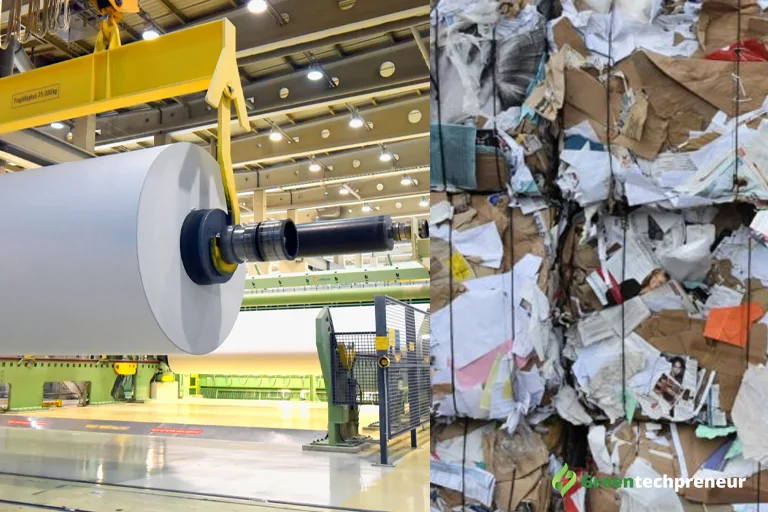
The future of papermaking lies in circular, low-emission production systems that combine innovation, sustainability, and efficiency. As more mills transition to bioenergy, the industry is setting an example for other manufacturing sectors. The concept of turning waste into power not only conserves resources but also strengthens the global effort toward renewable energy use.
In the coming years, advancements in biotechnology, waste treatment, and energy conversion will further enhance the efficiency of bioenergy systems. The integration of artificial intelligence and automation will allow mills to monitor energy generation in real time, reduce waste, and optimise performance.
Final Thoughts
“From Waste to Bioenergy” symbolizes a fundamental shift in the papermaking industry – a move toward cleaner, smarter, and more responsible production. By converting industrial byproducts into sustainable energy, paper manufacturers are reducing environmental impact, saving costs, and contributing to a greener future. This transformation proves that even long-established industries can adapt, innovate, and lead the path toward a sustainable, renewable-powered world.
FAQs
Q. What is bioenergy from waste?
A. Bioenergy from waste is renewable energy made by converting organic or industrial waste, like wood or paper residues, into electricity or heat.
Q. What are the wastes generated in the paper industry?
A. The paper industry produces wastes such as bark, sawdust, pulp sludge, black liquor, and wastewater.
Q. How does paper waste affect the environment?
A. Paper waste can cause water and soil pollution, release methane in landfills, and contribute to deforestation if not recycled properly.
Q. What is the primary method for reducing environmental impact on the paper industry?
A. The main method is recycling waste into bioenergy and reusing resources through cleaner, sustainable production processes.

